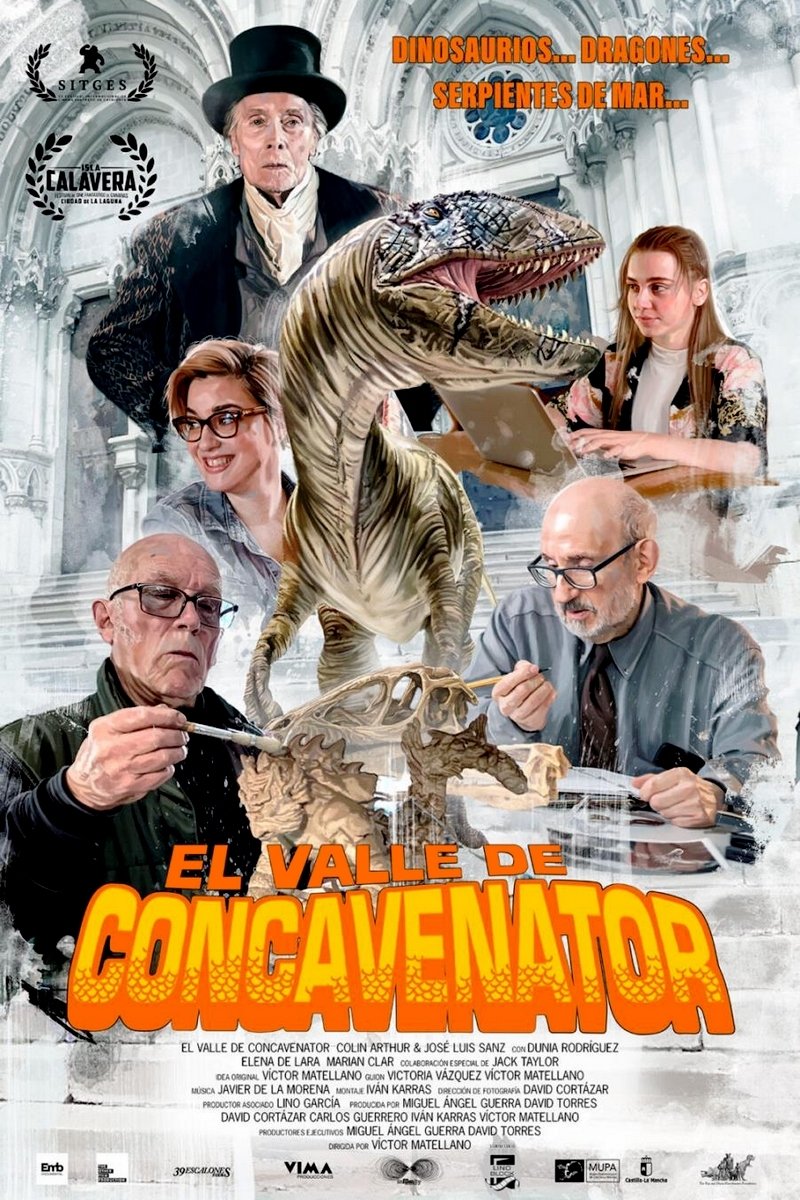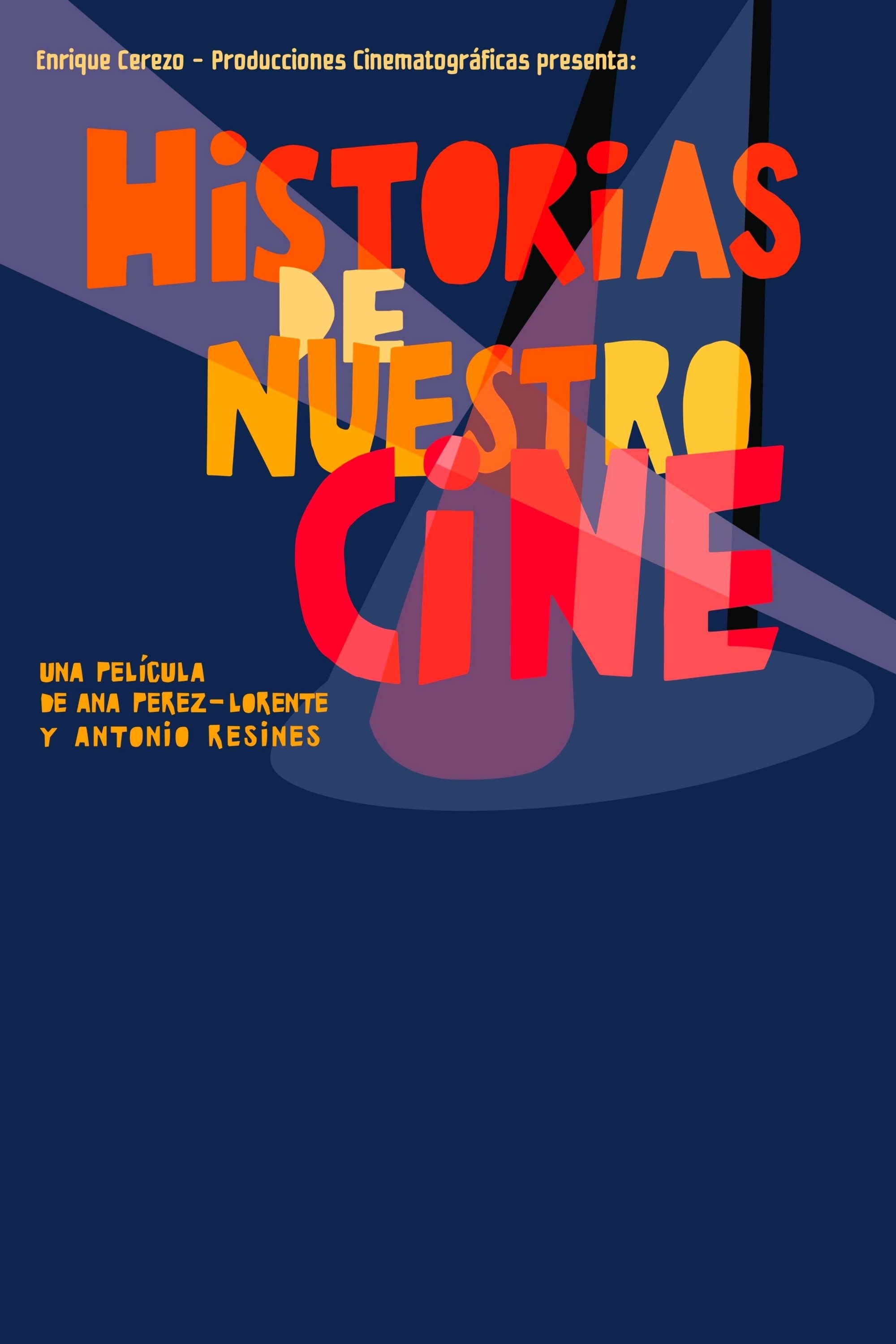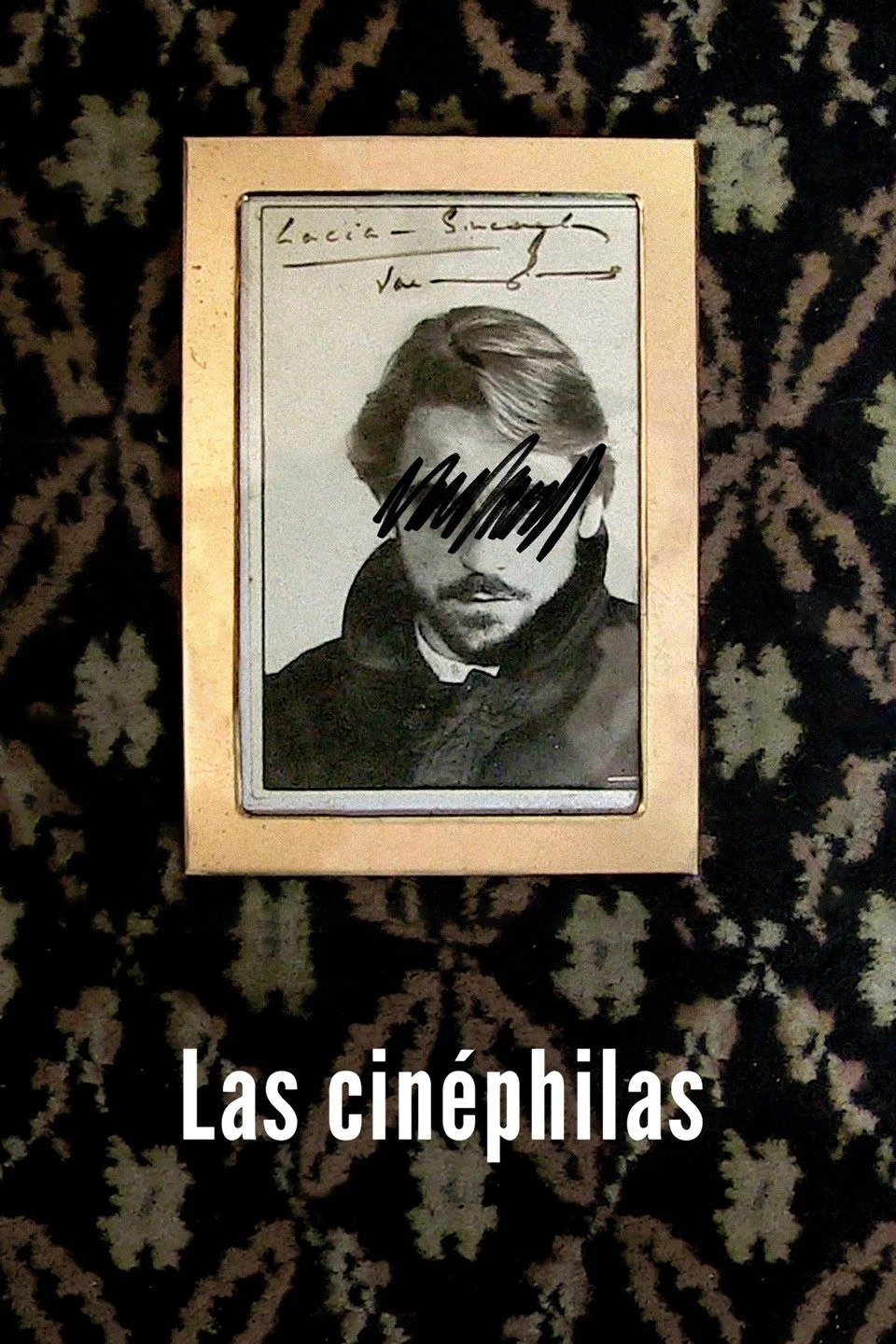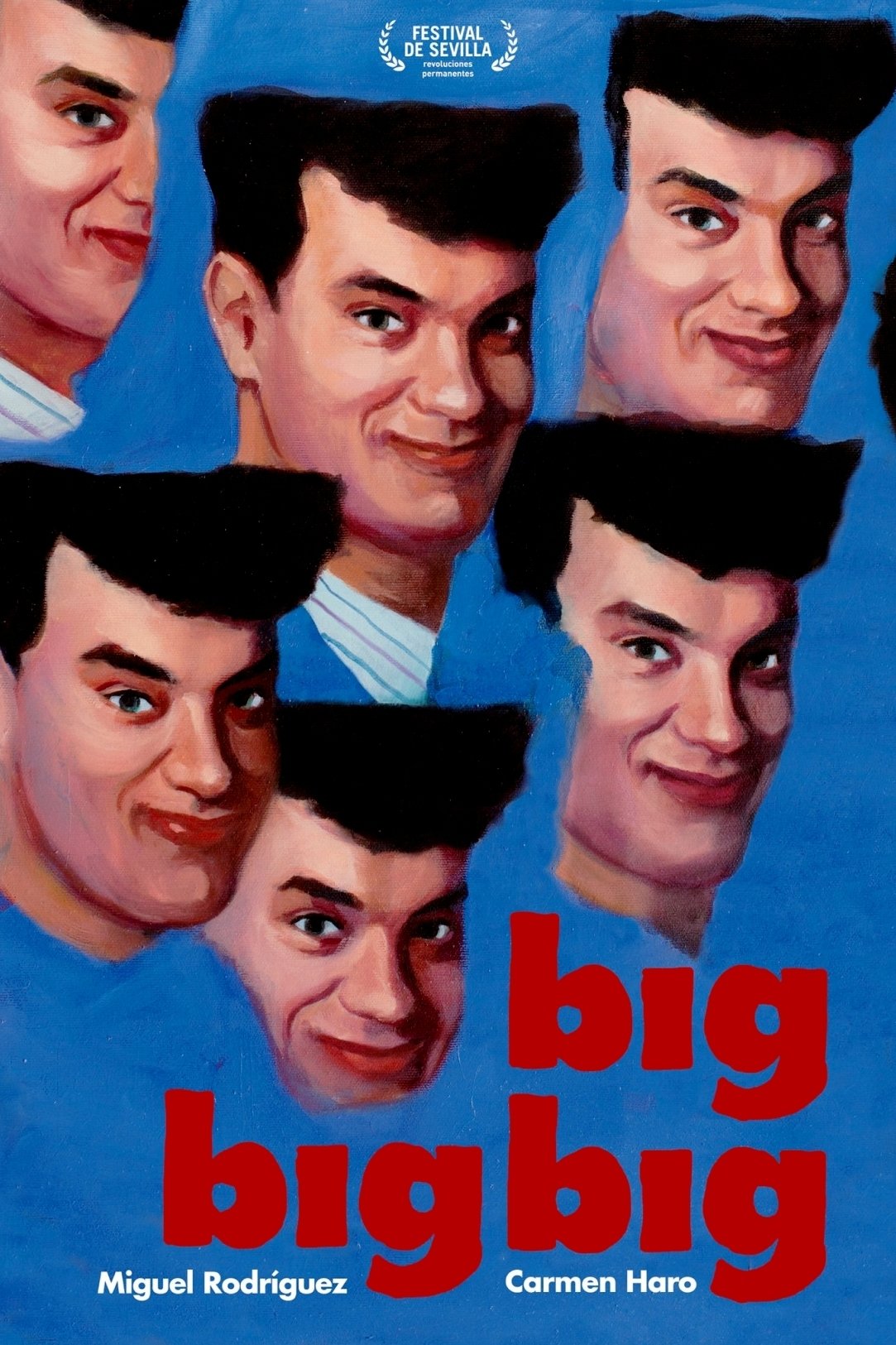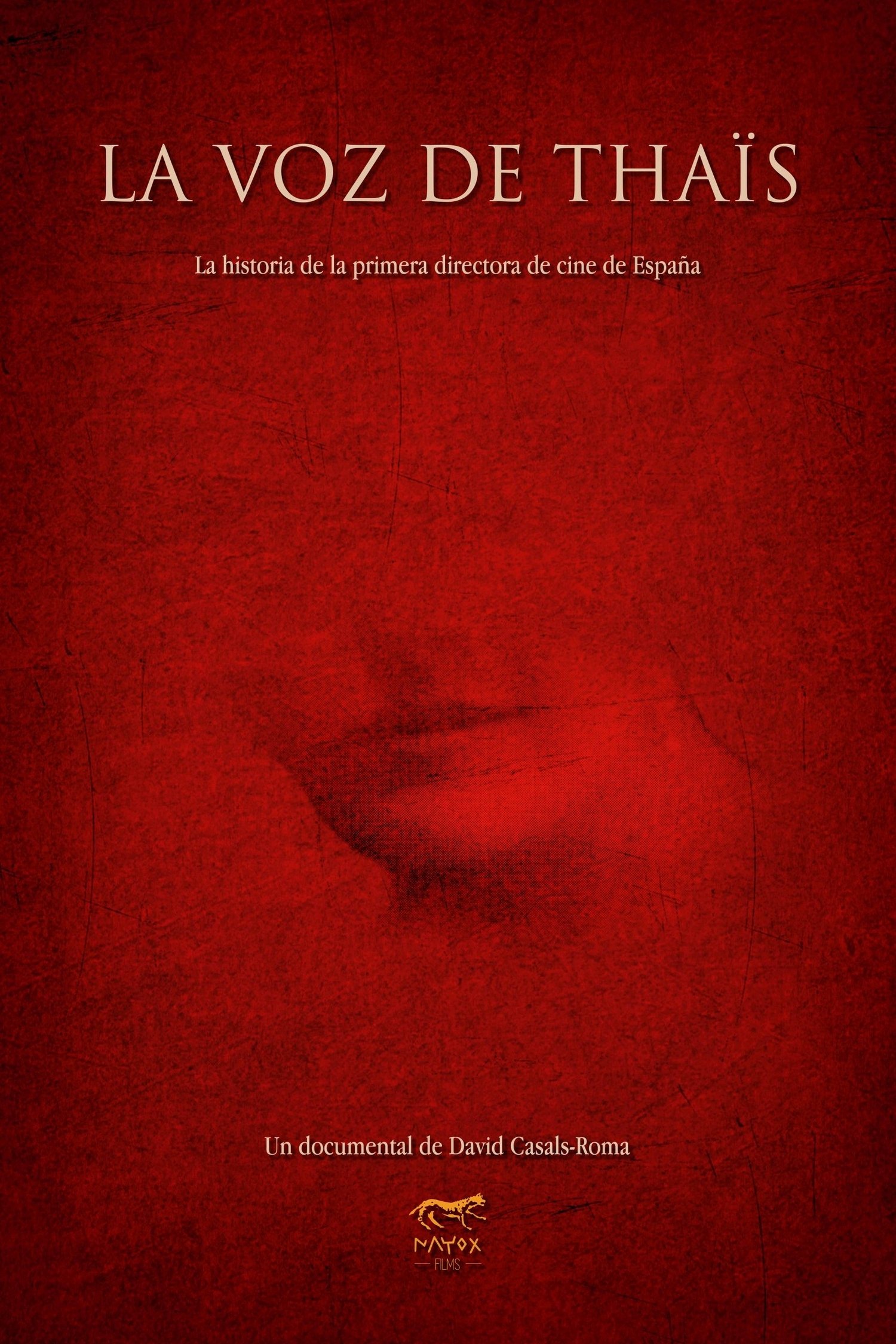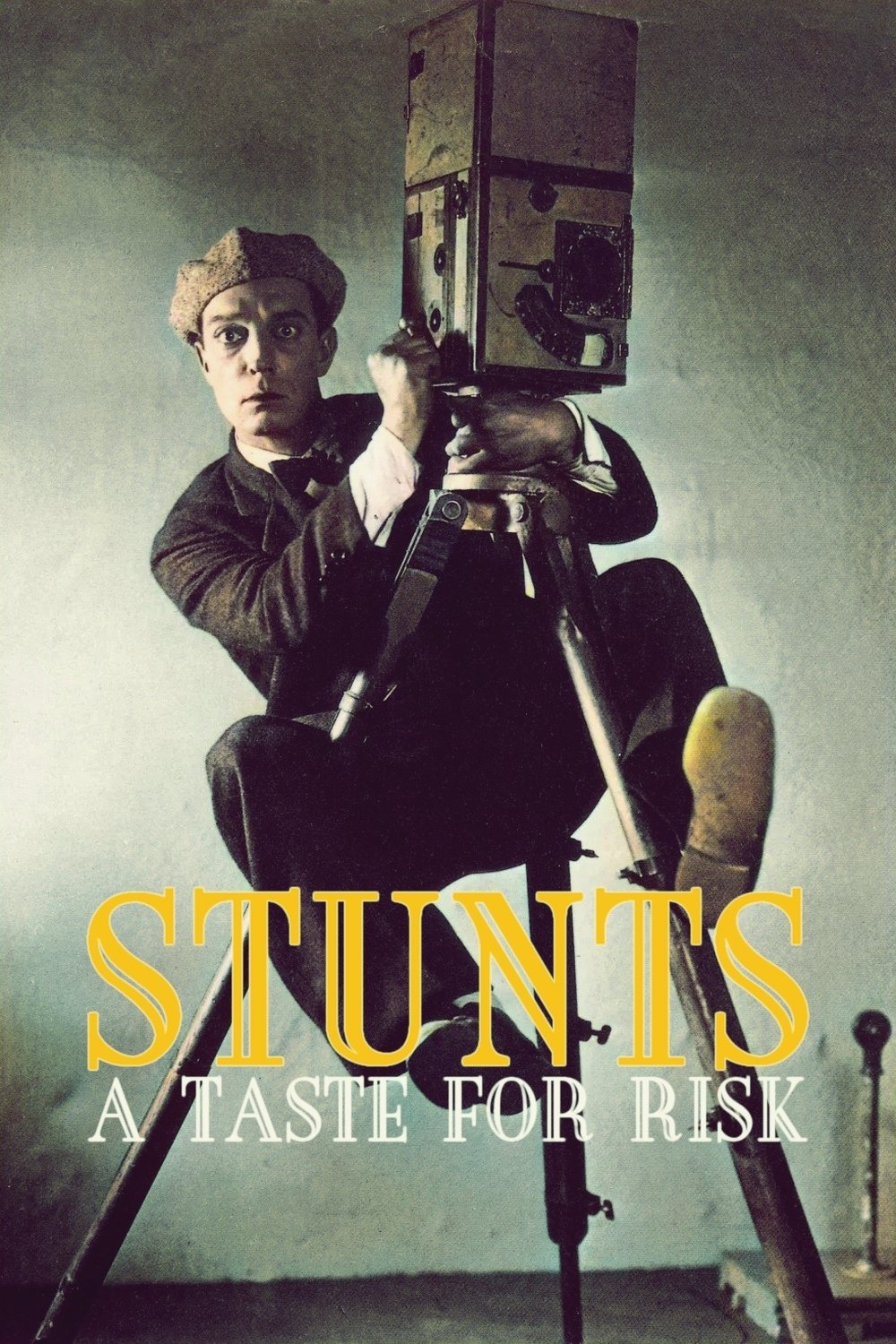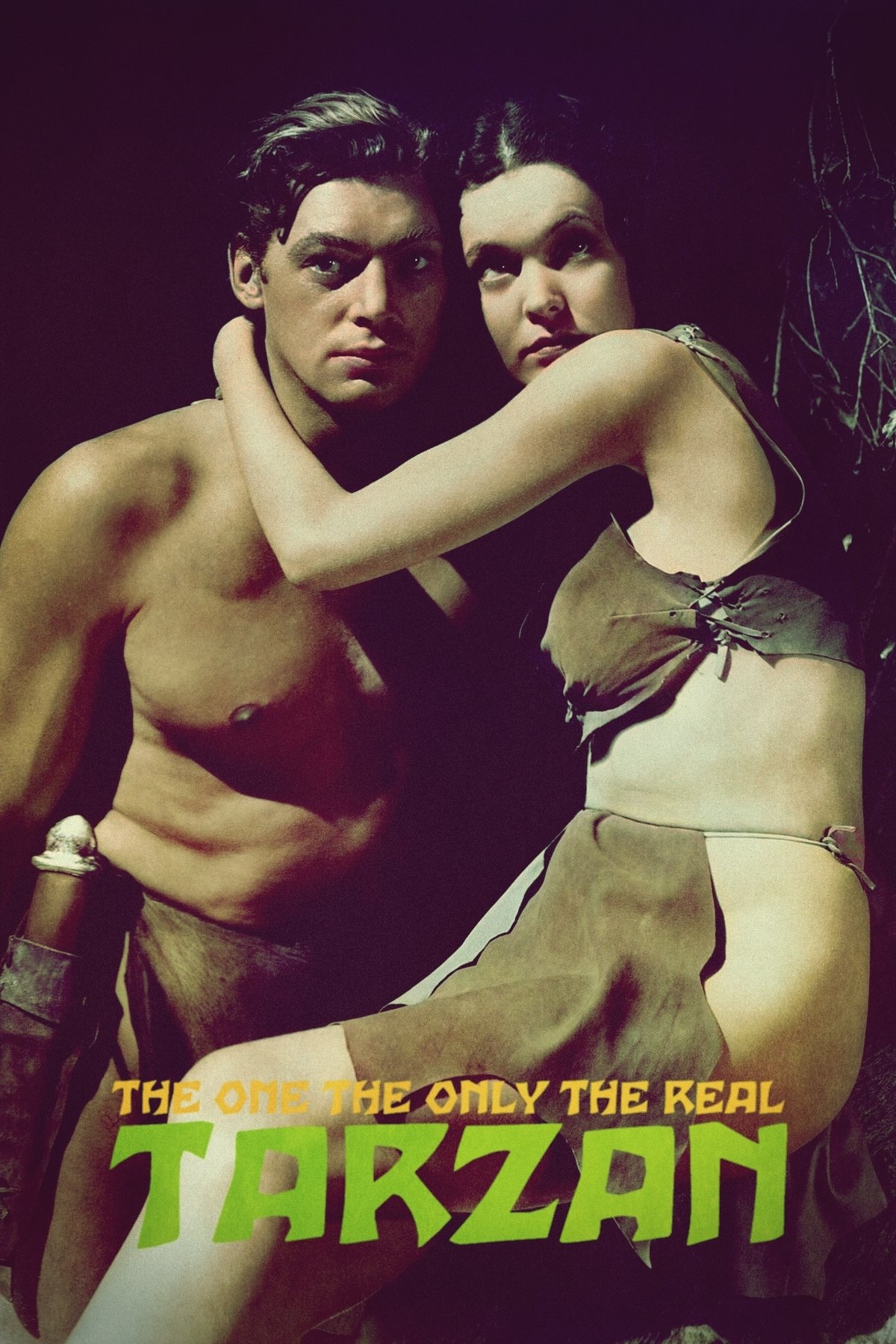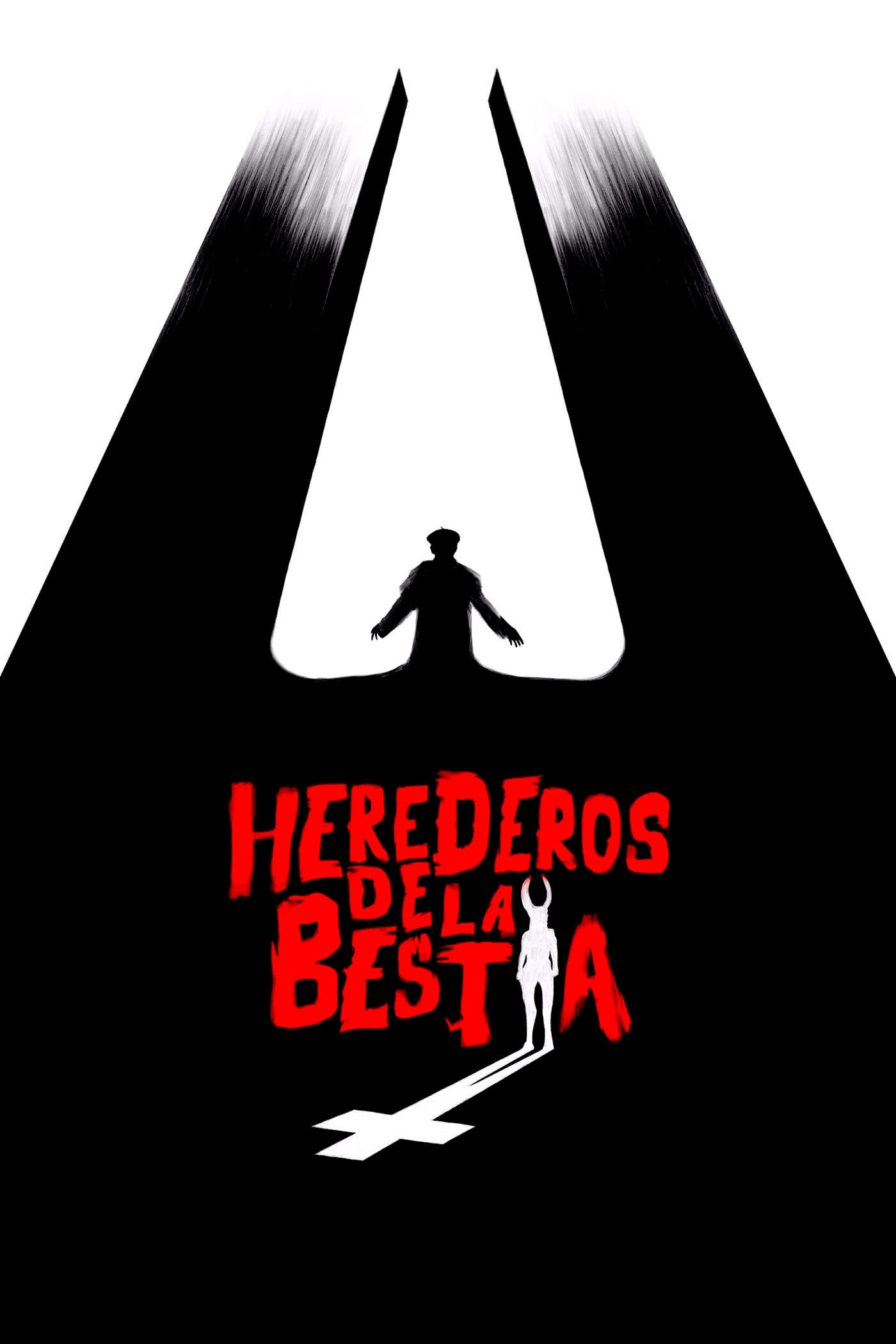Et vous, Le cinéma ?
2025
00.0(0 votes)
Documentary
Comedy
Overview
Links & Resources
Social & External
Cast & Crew
9 members
Directing
Ywenn Degenne
Self / Personnage qui rentre dans une salle
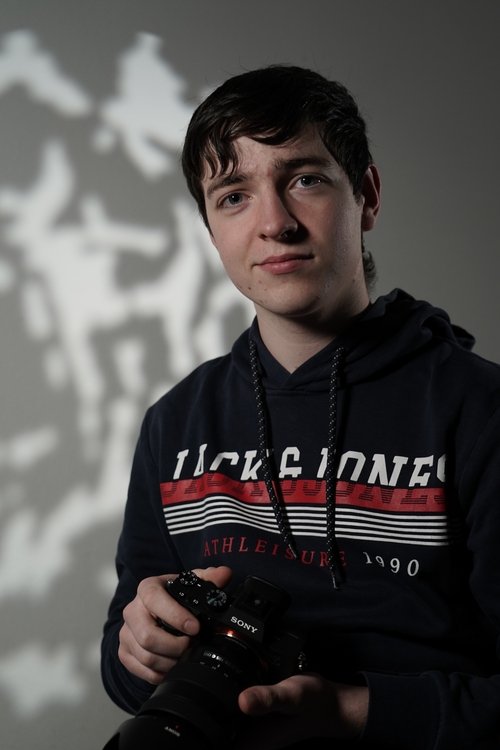
Acting
Loeiza Blanchard-Prido
Personne qui rentre dans une salle de cinéma
No Image
Acting
Pauline Misse
Self
No Image
Acting
Xavier Herveau
Self
No Image
Acting
Ludmilla le Carou
Self
No Image
Acting
Eloïse Fontaine
Self
No Image
Acting
Donovan Cipolla
Self
No Image
Acting
Marcel Gregou
Self
No Image
Acting
Périne Deskt
Self
No Image
Similar Movies
Recommended Movies
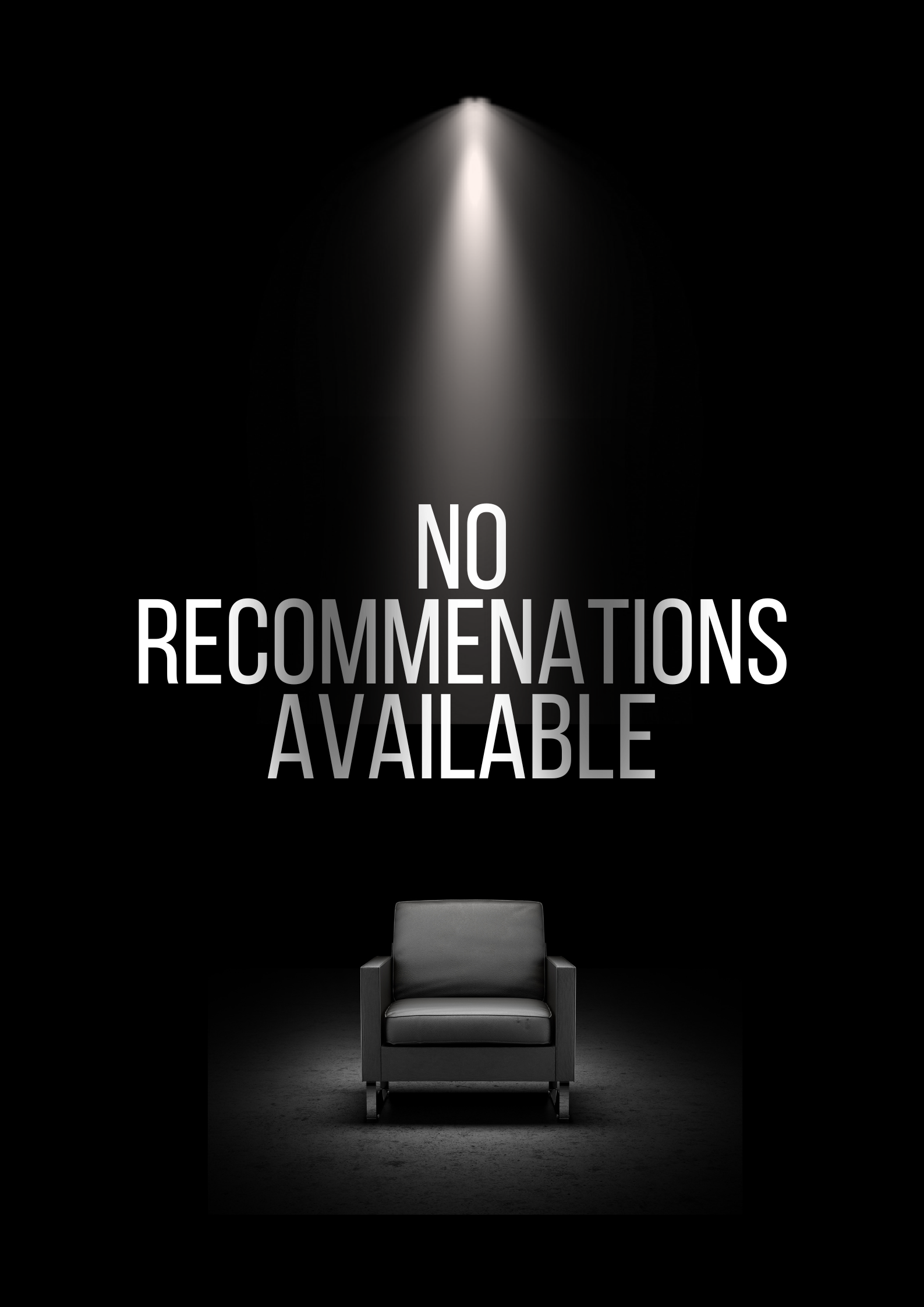
No Recommendations Yet
We're working on finding the perfect movies for you. Check back soon!
More movies coming soon
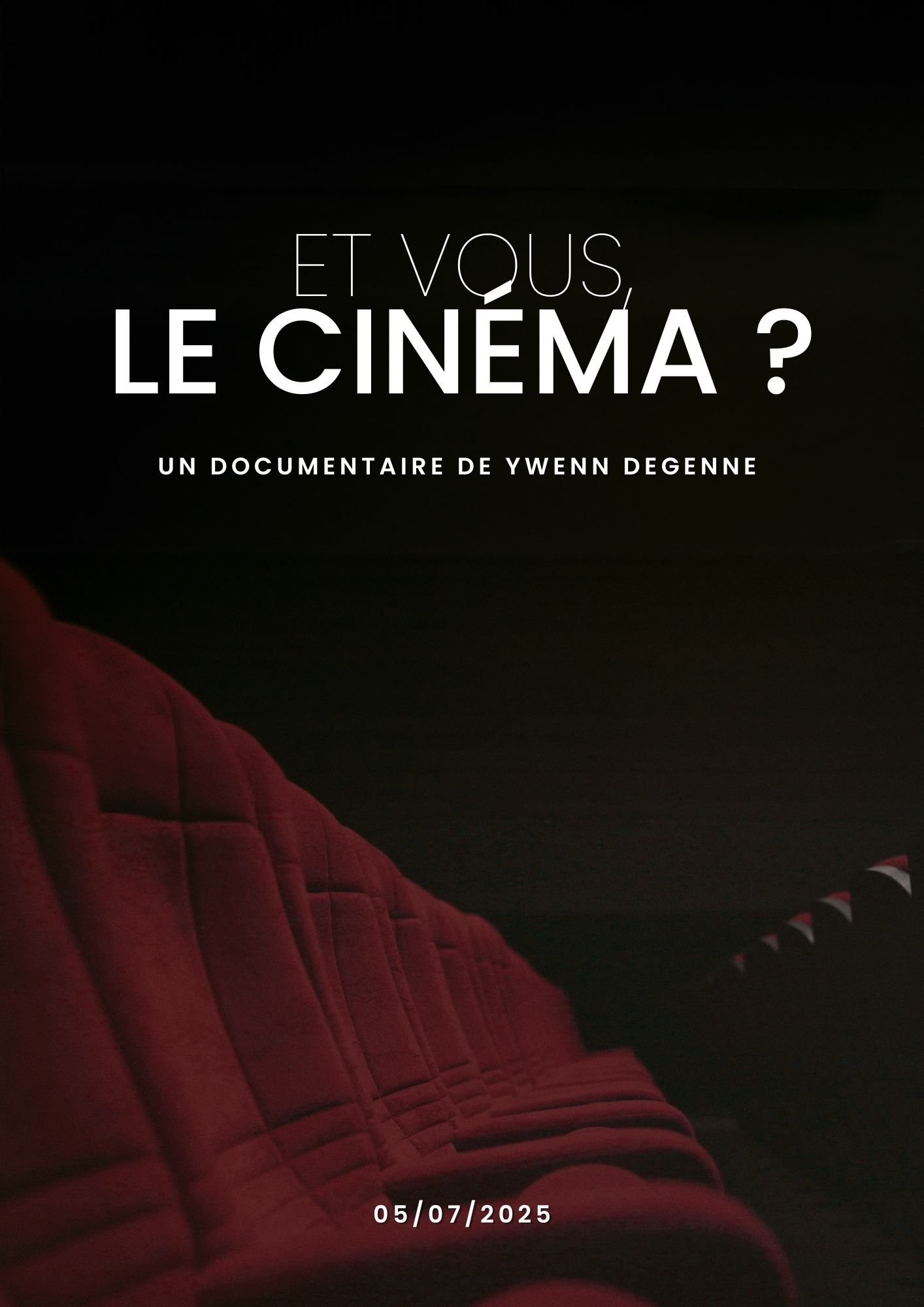
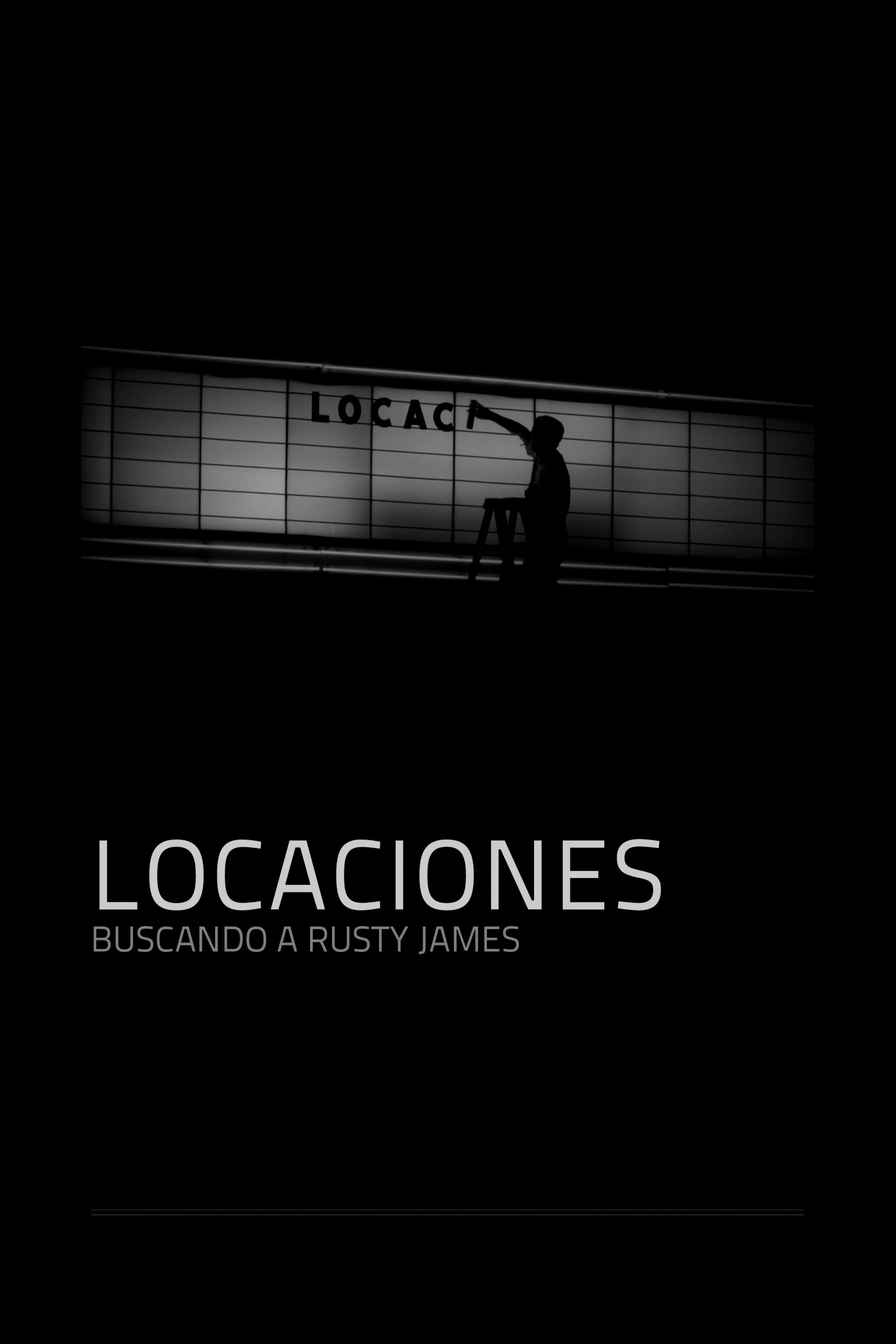
![[REC]: Horror Without Pause](https://image.tmdb.org/t/p/original/s9aRzHViIFLyEVVKZPIg4MzWwD9.jpg)
